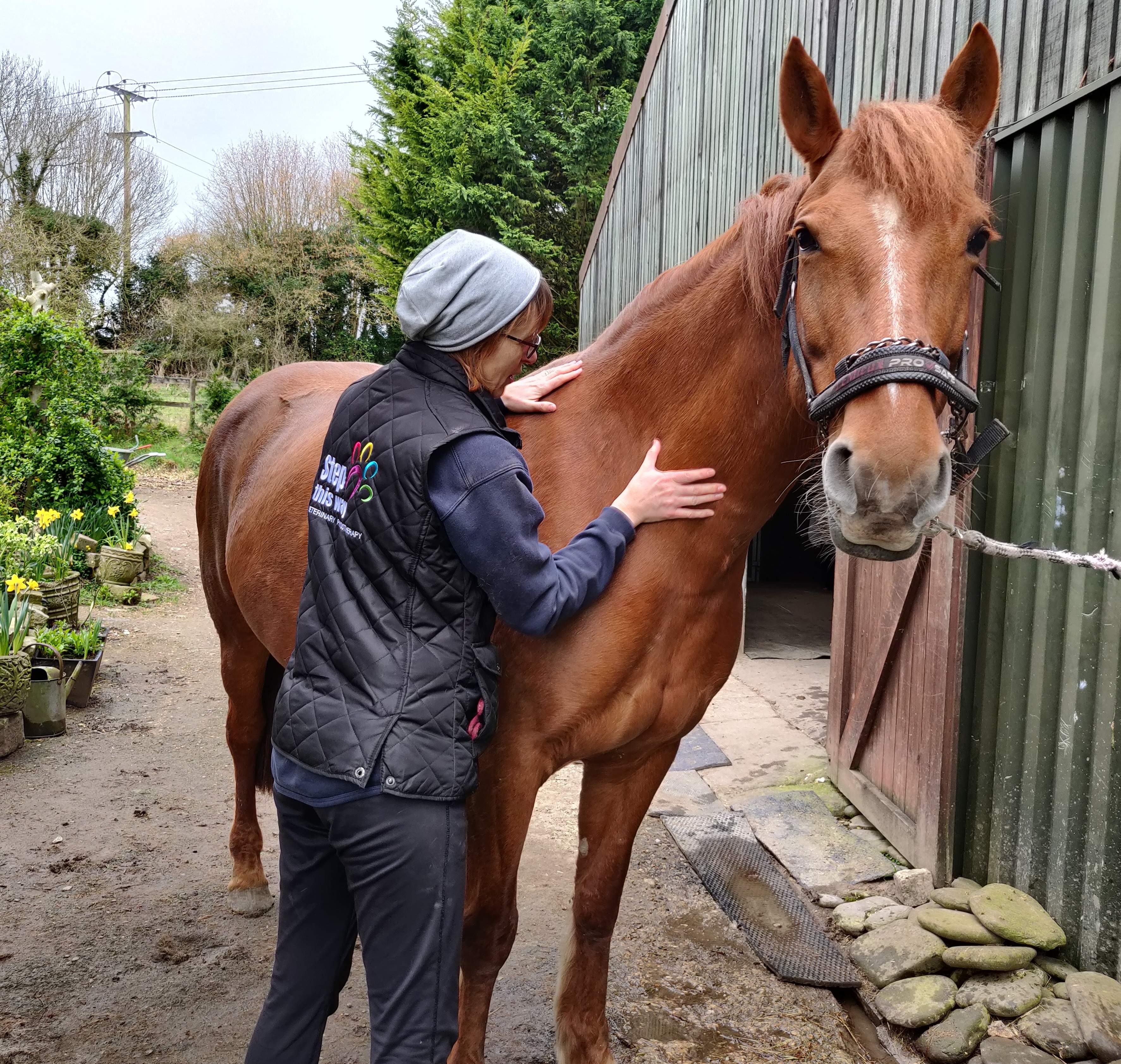The aim of
physiotherapy is to improve the animal’s movement and wellbeing in order to
enhance their quality of life. Like
humans, animals can benefit hugely from treatments aimed at reducing pain and
developing strength, flexibility and control of movement. A good veterinary physiotherapist will work
closely with the animal’s vet to improve and maintain the animal’s
musculoskeletal health.
Every animal is different and every case has specific factors that need to be assessed and considered. A physiotherapist will treat the “whole animal” rather than just the primary presenting issues. There is no “template” treatment programme as each patient has different needs and the treatments need to be individually tailored. Pet insurance companies will often cover the costs of Veterinary Physiotherapy by a suitably qualified professional.
Key aims are to:
- Reduce/minimise pain
- Increase flexibility, including range of motion of joints
- Address incorrect posture or movement
- Increase strength and endurance
- Improve co-ordination, proprioception and balance
- Correct or minimise any compensatory issues arising from acute or chronic conditions
- Minimise the effects of degenerative conditions
- These all help to improve/maintain the animal’s functional movement, improve quality of life and/or enhance athletic performance.
Following a comprehensive assessment treatments may include:
- Soft tissue therapy, including therapeutic massage and trigger point release
- Therapeutic range of motion
- Stretches
- Electrotherapies (laser/phototherapy, pulsed magnetic field therapy, ultrasound, neuromuscular stimulation, TENS etc)
- Exercise programme and rehabilitation plan
Hydrotherapy is a musculoskeletal therapy which uses the properties of water to address discomfort and dysfunction. Hydrotherapy delivered by a veterinary physiotherapist enables integration of physiotherapeutic goals into each hydrotherapy session, utilising the professional skills of the therapist.



